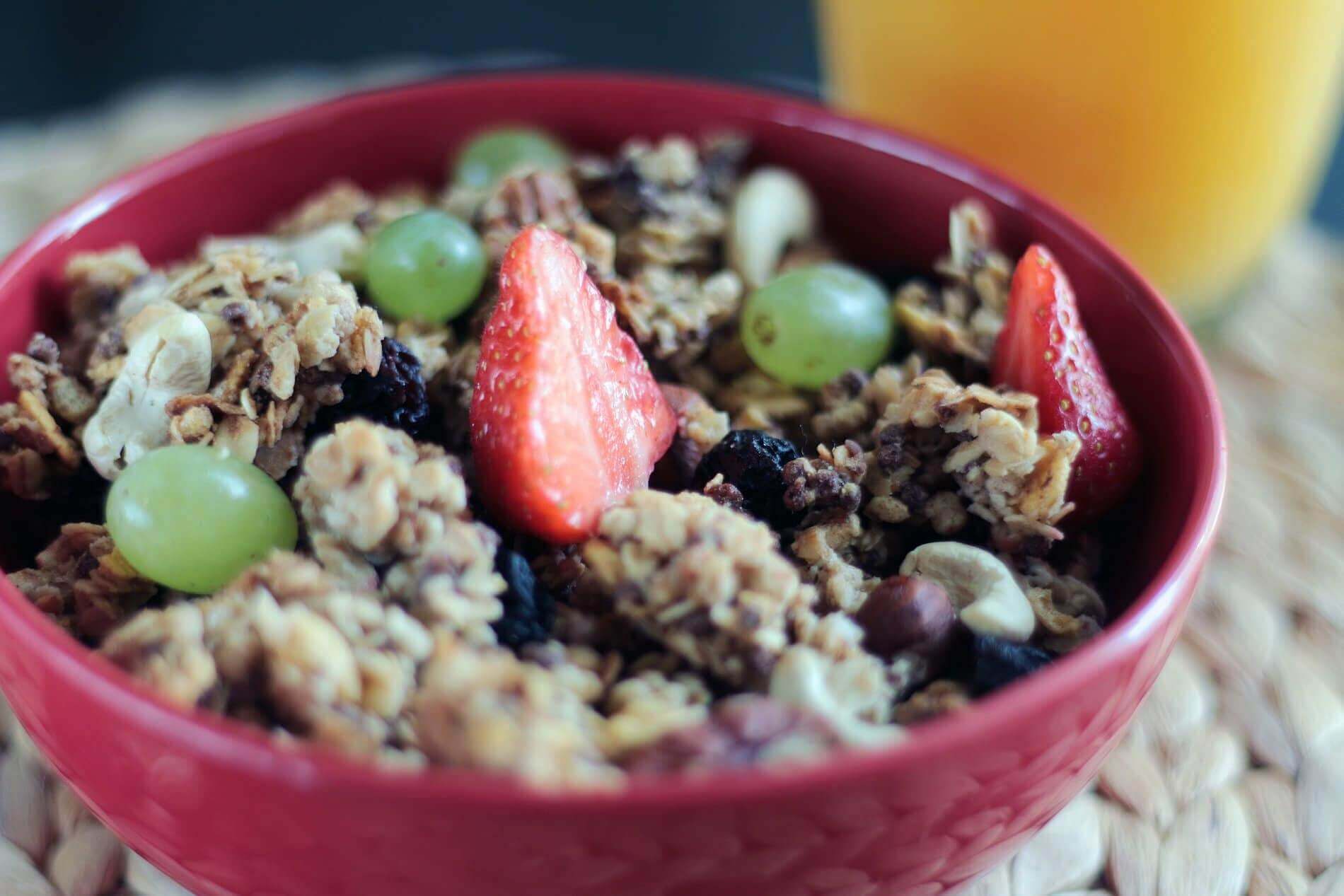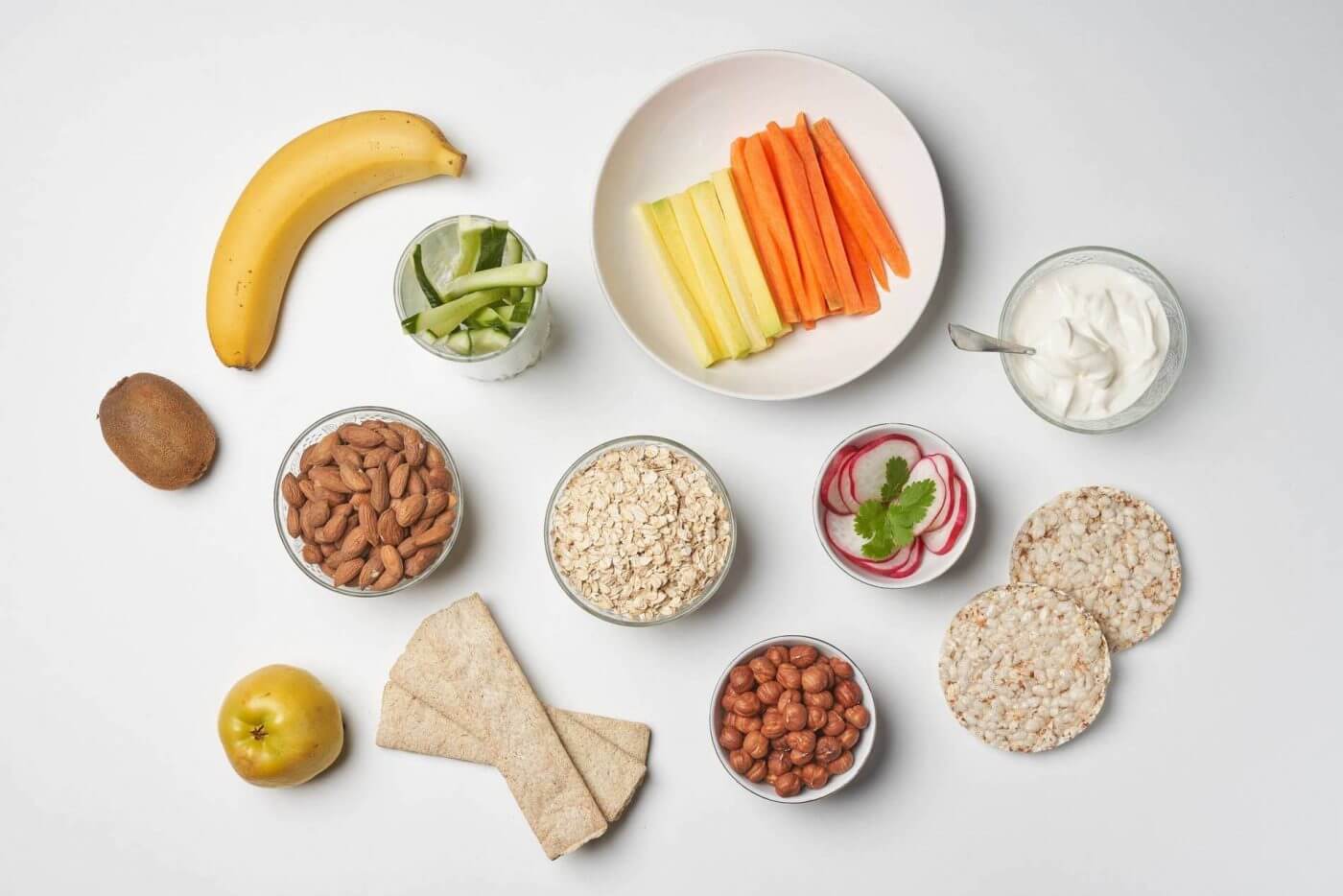Understanding the Importance of Fiber in Your Diet
Fiber might not get all the attention it deserves, but it plays a big role in keeping us healthy. Many of us don’t realize just how much good fiber does for our gut and overall health. Let’s dive into why fibre is so important for a happy gut, keeping diseases at bay, managing our weight, and making sure our blood sugar levels stay even. We’ll also take a look at the different kinds of fibre, and what they do for our bodies, and share some easy ways to add more fiber to your diet.
What is fiber, and why is it important for gut health?
Fiber is a type of carb that our bodies can’t break down. It travels through our digestive system without being digested, but that journey is key to its benefits. There are two main types of fiber: soluble and insoluble. Soluble fiber turns into a gel in our digestive tract when it mixes with water, while insoluble fiber doesn’t dissolve in water and helps keep our bowel movements regular by adding bulk.
Fiber is super important for our gut health because it helps us stay regular and avoid constipation. Soluble fiber soaks up water and makes our stool softer, so it’s easier to pass. Insoluble fiber helps move food through our digestive system quickly, stopping constipation before it starts. By keeping things moving, fiber ensures our gut stays healthy and helps dodge digestive issues.
The Benefits of a Fiber-Rich Diet for Your Digestive System
Eating plenty of fiber is great for your digestive system, offering loads of benefits. A big plus is that it lowers the chance of getting colon cancer. Fiber keeps your digestive system running smoothly by making sure you have regular bowel movements and avoiding constipation. It also supports a varied gut microbiome, crucial for top-notch digestion and your overall well-being. A rich variety of gut microbes is linked to a lower risk of different digestive issues, including irritable bowel syndrome (IBS).
Besides cutting down the risk of colon cancer and boosting gut microbe diversity, eating lots of fiber can ease symptoms of digestive conditions like IBS. Many folks with IBS notice that upping their fiber intake helps regulate their bowel movements and lessen discomforts such as bloating and stomach pain. Fiber acts like a natural laxative, softening your stool and making it easier to keep regular.
How Fiber Helps to Prevent Chronic Diseases
Fiber isn’t just good for your gut; it’s also key in preventing chronic diseases. Eating fiber-rich foods can lower the risk of heart disease, diabetes, and obesity. Fiber reduces cholesterol by grabbing onto it in your digestive tract and stopping it from being absorbed. Lower cholesterol means less plaque buildup in your arteries, slashing the risk of heart problems.
Fiber also keeps your blood sugar levels steady, helping avoid insulin resistance, which can lead to type 2 diabetes. Soluble fiber slows down how quickly sugar is absorbed, which prevents those sudden sugar spikes. This helps dodge insulin resistance and cuts diabetes risk. Plus, fiber fills you up and helps you eat fewer calories, which is great for managing your weight and avoiding obesity.
The Role of Fiber in Weight Management and Blood Sugar Control
Fiber is super important for managing your weight and keeping your blood sugar levels in check. It helps you feel full for longer because foods high in fiber take more time to eat and digest. This feeling of fullness can lead to eating fewer calories. Fiber also makes your stools bulkier, which can stop you from overeating by making your stomach feel full.
Moreover, fiber slows down how fast glucose is absorbed into your blood. This helps avoid sudden increases in blood sugar, aiding in the prevention of insulin resistance. By keeping blood sugar levels steady, fiber plays a part in stopping type 2 diabetes from developing and managing it if it’s already present.
The Different Types of Fiber and Their Health Benefits
There are mainly two kinds of fiber: soluble and insoluble. Soluble fiber dissolves in water and turns into a gel in your digestive system. You can find it in oats, barley, beans, fruits, and veggies. Soluble fiber is great for lowering cholesterol, keeping blood sugar balanced, and supporting a healthy gut.
Insoluble fiber doesn’t dissolve in water. Instead, it adds bulk to your stool and is found in whole grains, nuts, seeds, and the skins of many fruits and vegetables. It’s key for regular bowel movements and preventing constipation, and it keeps your gut healthy by moving food through your digestive system more quickly.
Another important kind of fiber is prebiotic fiber, which feeds the good bacteria in your gut. Foods rich in prebiotic fiber include onions, garlic, leeks, asparagus, bananas, and chicory root. This type of fiber is getting more attention for its role in promoting a healthy gut microbiome.
Let’s Get More Fiber!
Adding more fiber to your diet is a smart move for your overall health. Not only does it help with weight management and blood sugar control, but it also supports a healthy digestive system. So, why not start incorporating more high-fiber foods into your meals and snacks today?
Top Fiber-Rich Foods to Include in Your Diet
Eating foods packed with fiber is key to keeping your gut happy and your body healthy. Here’s a list of top fiber champions you should add to your diet:
- Fruits: Apples, pears, berries, and oranges are fiber superstars. Enjoy them on their own, blend them into smoothies, mix them into salads, or stir them into oatmeal.
- Vegetables: Fiber-rich veggies include broccoli, Brussels sprouts, carrots, and spinach. You can steam them, roast them, or toss them into your favourite soups and stir-fries.
- Whole Grains: Oats, quinoa, brown rice, and whole wheat bread are packed with fiber. They’re great as the main part of a meal or as a tasty side.
- Legumes: Lentils, chickpeas, black beans, and kidney beans are bursting with fiber. Throw them into soups, stews, and salads, or use them as a hearty meat substitute in chilli or tacos.
How to Incorporate More Fiber into Your Meals and Snacks
Boosting your fiber intake is simpler than you might think. Here are some tips to get more fiber into your diet:
- Veggie-Load Your Plate: Add a mix of colorful veggies to your meals, like broccoli, carrots, peppers, and leafy greens. They’re great in everything from stir-fries and salads to soups and omelettes.
- Go Whole Grain: Choose whole-grain bread, pasta, and rice over refined grains. Look for the “100% whole grain” or “whole wheat” labels.
- Fruit and Nut Snacks: Keep fresh fruit within reach for a quick snack, and grab a handful of nuts when you’re hungry.
- Legumes Are Your Friends: Sprinkle lentils, chickpeas, or black beans into soups, stews, salads, or wraps. They’re also fantastic as a meat alternative in dishes like chilli or tacos.
- Sprinkle Some Seeds: Chia seeds or ground flaxseeds are great on yoghurt, oatmeal, or smoothies. They’re not only rich in fiber but also in omega-3 fatty acids.
Remember, if you’re planning to up your fiber game, take it slow. This helps your body get used to more fiber and can help you avoid any tummy troubles like bloating or gas.
There are several common myths and misconceptions about fiber that need to be addressed.
There are quite a few myths about fiber that we need to clear up. First off, not all fiber is the same. Each type of fiber has its special perks. Soluble fiber is great for lowering cholesterol and keeping blood sugar levels in check, while insoluble fiber helps keep your bowel movements regular and can prevent constipation.
Some people think that fiber supplements can completely replace fiber from food, but that’s not the case. While fiber supplements can help boost your intake, they don’t offer the vitamins, minerals, and antioxidants that come from whole foods, which are crucial for your health.
Potential Risks and Side Effects of a High-Fiber Diet
Eating a lot of fiber is mostly good for you, but it can cause some issues like bloating and gas. This happens when gut bacteria break down the fiber, creating gas. To avoid discomfort, slowly add more fiber to your diet and drink lots of water.
Sometimes, a quick jump in fiber consumption can lead to diarrhoea or loose stools. To avoid this, increase your fiber intake bit by bit, paying attention to how your body reacts.
Fiber Supplements: Are They Necessary or Effective?
Fiber supplements can be handy for upping your fiber intake, especially if your diet lacks fiber-rich foods. But, it’s not a good idea to use them as your main fiber source. Whole foods come packed with other essential nutrients besides fiber, vital for your health.
If you do opt for a fiber supplement, pick a good one. Look for supplements that offer both soluble and insoluble fiber, and even prebiotic fiber if possible. Remember to stick to the suggested amount and drink plenty of water to keep digestive issues at bay.
Conclusion: The Importance of Fiber for a Healthy Gut and a Happy Life
In short, fiber is super important in our diets because it keeps our guts healthy and helps us feel good overall. It ensures we have regular bathroom visits, avoids constipation, and supports a varied community of good bacteria in our gut. Plus, fiber is a champ at fighting off big health issues like heart disease, diabetes, and being overweight by reducing inflammation, getting cholesterol to healthy levels, and keeping blood sugar steady.
To get more fiber, aim to eat plenty of fruits, veggies, whole grains, and beans. If you’re looking to up your fiber game, do it bit by bit to keep your stomach comfy, and don’t forget to drink lots of water to help your digestive system out? While fiber supplements can help fill the gap, nothing beats getting your fiber from whole, fresh foods.
By making fiber a big part of your diet, you’re on your way to a happier gut and a healthier you. Why not start adding more fiber-filled foods to your plates and snacks? Your body (and your gut) will thank you for it.
Let’s Hear From You!
Got any fibre-rich recipes or tips to share? Or maybe a story about how fiber improved your health? Drop us a comment or reach out—we love hearing from you and learning together. Let’s keep the conversation going and help each other live our healthiest, happiest lives.

Bhetaludu has fresh tech news and cool travel tales. He covers gadgets and faraway places. His blog is for tech fans and those who love to explore.





